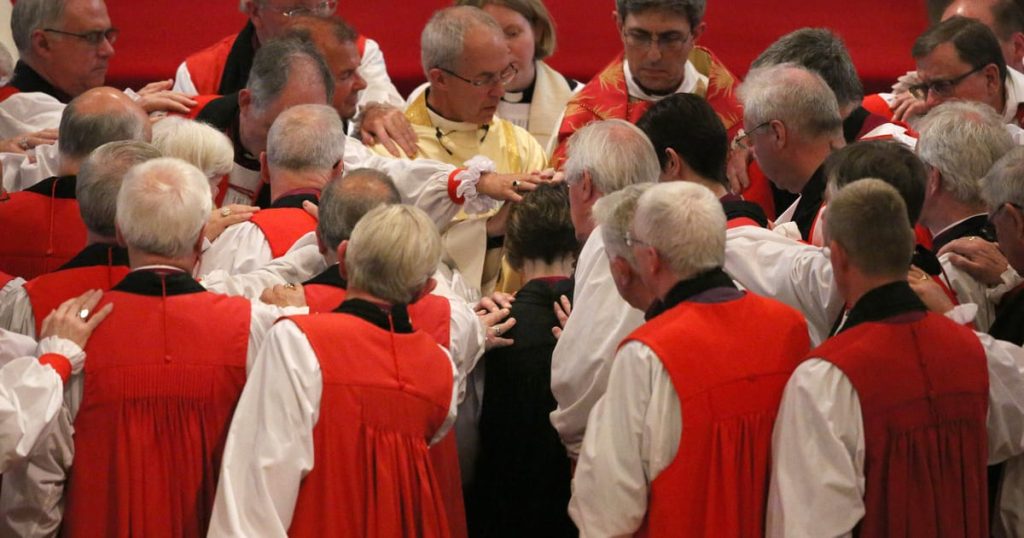Bishop’s move
At the same time, some argue the political shift is not all one-way.
Bishops have, they say, become more politically homogeneous and now seem clustered on the liberal left.
Marcus Walker, rector of a London church, wrote during a previous flare-up between government and the clergy that the House of Lords’ “bench of bishops [has been] developing a worrying uniformity of political and theological opinion – all of a soft-left, soft-evangelical manner.”
He, along with others, points the finger at reforms under Labour Prime Minister Gordon Brown. Brown shrugged off the prime minister’s long-held formal role in advising the monarch on appointing bishops, and subsequent Conservative prime ministers have followed Brown in taking a hands-off approach.
Butler-Gallie contends that there “is increasingly very, very little political diversity” within the bishops’ ranks. He says Welby “thinks of himself as running a great department of state, and he’s seeking to appoint people who are probably left-leaning on various things, and particularly around immigration.”
Others disagree with this characterization. Davies from the Church Times insists that bishops’ appointments are made by “a large and diverse” panel in a multi-stage process including Church representatives and laypeople.
The Church of England was once famously described as “the Conservative Party at prayer.” But, as the latest showdown looms Monday, it appears to be further away from its Tory brethren than ever.

